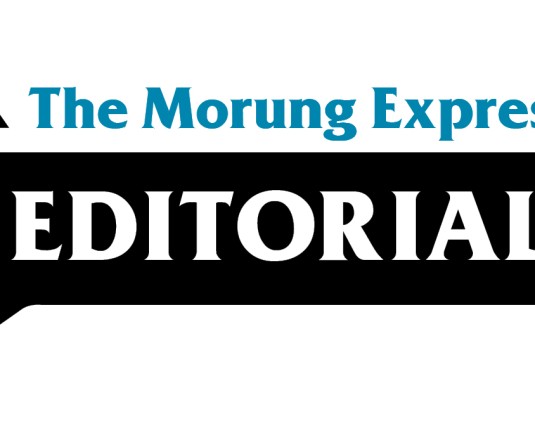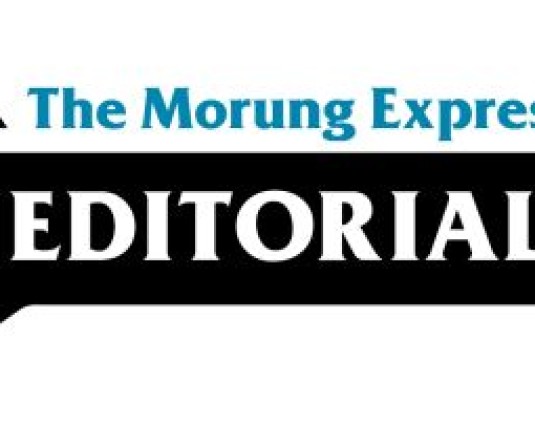
A casual glance of the budget figures for the year 2007-08 shows that except for minor changes in the numerical figures here and there, there is not much to write about the general budget presentation in Nagaland. Unlike the Union Budget which is keenly anticipated by market players and the general public at large, budget making exercise in a State like Nagaland is a damp squib. There could be several reasons for this. Without going into this aspect for the present, it is nevertheless felt that the State Government’s both now and in the future will have to start planning a long term road map to alter the strenuous nature of resource equations within the present budget making exercise. Firstly, on the revenue side, the State continues to depend overwhelmingly on Central assistance. It is quite disturbing to note that a large chunk of the total receipt comes in the form of Central assistance while contribution from the State revenue is almost miniscule. It is therefore somewhat surprising and at the same time contradictory that the budget for 2007-08 is devoid of any fresh taxes. It may be mentioned that the Deputy Chairman, Planning Commission Montek Singh Ahluwalia while approving the Annual Plan outlay for Nagaland for the year 2007-08 had clearly suggested to the Chief Minister that efforts should be made to improve the State’s tax base.
If however, the Finance Department is serious about improving realization of revenue by other means such as expanding the area of operation and plugging the leakages, the State machinery should get itself into combat mode in order to generate the commensurate revenue to go along with the current expenditure accrued to the State exchequer. Unless revenue collection improves, the State finances would be hard pressed to sustain its expenses. And if the government is serious enough in tapping the coal mining and oil sector business as stated by the Chief Minister, then the desired attention must be given to these two sectors both in terms of a clear policy formulation and implementing the same. Since the government is also aware of the limitation imposed as far as tax revenue collection goes, other resource mobilization has to improve a great deal to bridge the yawning gap between revenue and expenditure. The government cannot continue giving excuses on the limitations imposed by the liquor prohibition act and the Supreme Court ban on felling of trees. The expenditure-revenue divide is a fundamental flaw of all budgets, which have been presented over the years including by the Congress regime. This needs to be corrected if the financial health of the State is to improve.
On the expenditure side of the budget, it is equally distressing to observe the chuck of money going to support Non-Plan Expenditure (Rs 1595.12 crore up from Rs 1408.28 crore). Concomitantly the State’s Plan Expenditure shows only a slight improvement at Rs 906.50 crore. This means that Non-Plan side (including the problematic area of wage and salary payments to government employees) of the budget is almost double the amount of funds allocated for development purposes. Cutting down on the Non-Plan side requires a long term strategy backed by strong political will to reduce spending on populist measures and unnecessary wasteful expenditure. The latest report of the Comptroller and Auditor General (CAG) of India clearly points to money used for unproductive whims and fancies. For this, the State government should strictly adhere to the provisions of the Nagaland Fiscal Responsibility and Budget Management Act, 2005 while keeping the overall objective of expenditure reform in mind.





